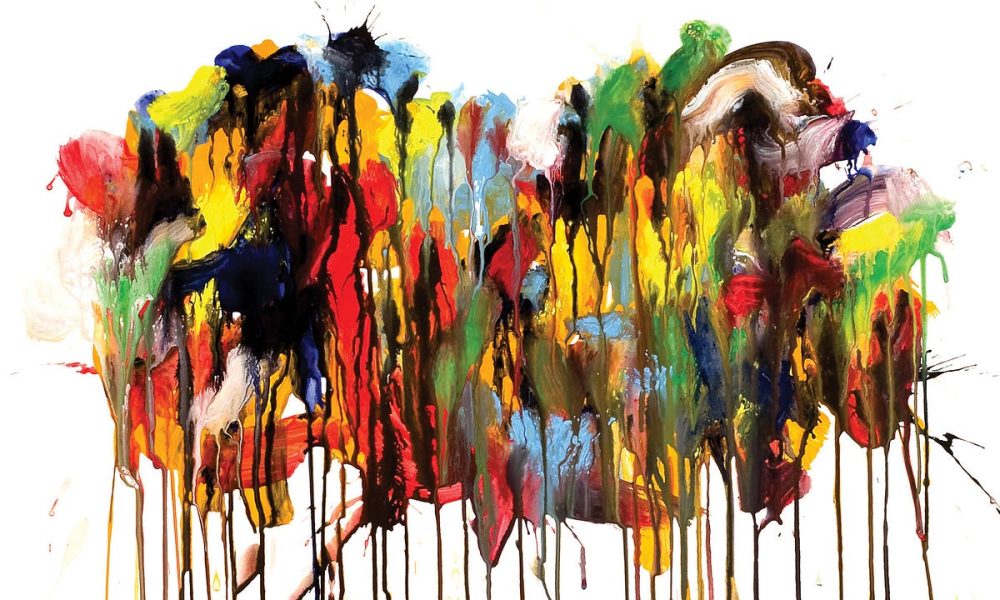Introduction
Contemporary artists are revolutionizing the perception and execution of traditional art forms. Art has always reflected the era in which it was created, transcending temporal and cultural boundaries. Today, artists are not bound by conventional techniques or styles; they draw from myriad influences and integrate diverse elements to craft innovative expressions. This phenomenon marks a significant shift in artistic practices, where the past meets the future, and boundaries dissolve to reveal new horizons in art.
Merging Mediums and Techniques
Contemporary artists redefine traditional art forms by blending different artistic mediums. These artists create hybrid works that challenge static interpretations by incorporating elements such as sculpture with digital media or combining painting with soundscapes. Fusing mediums allows for greater flexibility and creative freedom, enabling artists to express complex ideas more fully. A gallery artist New York City might display work that melds painting with projection mapping, creating a living canvas where images morph and interact with viewers.
This approach encourages experimentation and innovation, creating new art forms such as video installations and digital photography manipulations. By stepping beyond the confines of a single medium, artists engage audiences in multi-sensory experiences that elevate the impact and resonance of their art.
Interactive and Participatory Art
Interactivity is a prominent feature in the redefinition of art today. Artists create artworks that invite participation, transforming the viewer from a passive observer to an active participant. This shift fundamentally alters the dynamics between the artwork and its audience, creating a more inclusive and personal engagement.
Interactive art uses elements such as touch, sound, and motion, allowing the audience to influence the outcome or meaning of the artwork. These interactions can take place in physical spaces or digitally through apps and online platforms. As a result, each viewer’s experience becomes unique, leading to personalized encounters that foster deeper connections with the art.
The Role of Technology in Art Transformation
Technology has become indispensable for contemporary artists seeking to redefine traditional forms. With the advent of digital tools and platforms, artists can experiment with techniques that would have been impractical or impossible in the past. This opens a realm of possibilities for artistic exploration, allowing artists to manipulate and craft their work with unparalleled precision and imagination.
From virtual reality to artificial intelligence, technology empowers artists to break free from traditional constraints and explore new dimensions of creativity. This technological integration transforms the creation process and influences how art is displayed and experienced. Digital art installations, augmented reality, and immersive experiences exemplify how contemporary artists utilize technology to redefine and expand the boundaries of artistic expression.
Sustainability in Artistic Practices
Concerns around sustainability have also influenced contemporary artistic practices. As society becomes increasingly conscious of environmental issues, artists reflect these values in their work, redefining traditional forms to incorporate sustainable practices. This involves using eco-friendly materials, recycling or repurposing existing materials, and emphasizing sustainable production methods.
Many artists use their work to raise awareness and spark dialogue about environmental concerns, positioning art as a powerful medium for social change. By integrating sustainability into their creative processes, artists challenge traditional art forms and contribute to a broader ecological responsibility and stewardship movement.
Cross-Disciplinary Art Movements
Contemporary artists often draw inspiration from various disciplines, leading to the emergence of cross-disciplinary art movements. By collaborating with professionals from fields such as science, music, and dance, artists break down barriers and create works that transcend categorical definitions.
This cross-disciplinary approach enriches the artistic landscape, enabling artists to explore themes and concepts that reflect the complexity of the modern world. These collaborations foster innovation and new perspectives and challenge the art world’s traditional hierarchies and classifications. As a result, art becomes a more dynamic and inclusive medium that embraces diverse influences and methodologies.
Conclusion
In the ever-evolving world of contemporary art, artists continuously redefine traditional forms by embracing new techniques, mediums, and approaches. Whether through technology, sustainability, or cross-disciplinary collaborations, these trailblazing artists propel the art world forward, breaking free from conventions and crafting works that resonate with today’s audiences. This redefinition of art challenges historical perceptions and paves the way for a limitless future of creativity and innovation. As the dialogue between past and present unfolds, contemporary artists illuminate the path to new artistic paradigms that captivate the imagination and enrich the human experience.

